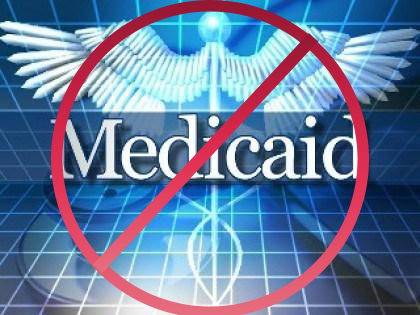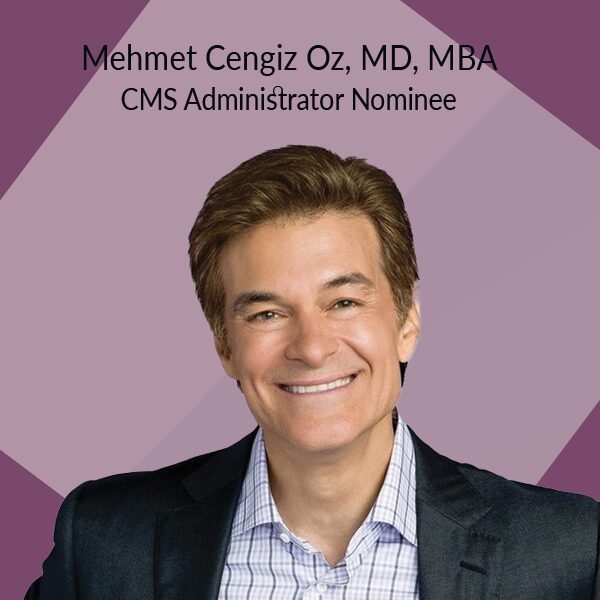CDPAP Overhaul Under Scrutiny
by Kristin Rowan, Editor
CDPAP Overhaul in NY Medicaid Program
New York State Department of Health issued a comprehensive plan to overhaul the state’s Medicaid program. The state’s program, Consumer Directed Personal Assistance Program (CDPAP), allows patients to hire the caregiver of their choice. Eligible participants like the program for its autonomy. The redesign of the program’s execution reduces payment processors from more than 600 to just one company: Public Partnerships, LLC of Georgia.
The Need for the CDPAP Overhaul
New York Governor Kathy Hochul points to waste, fraud, and abuse in the Medicaid program as the drivers of the change. According to the Department of Health and Human Services (HHS), the cost for CDPAP rose from $2.5B in 2019 to $12B in 2025. Despite drawing national criticism, Hochul maintains that the program needs stronger oversite to ensure adequate care. Additionally, the state’s Medicaid program has recently suffered more than $143 million in clawbacks from kickbacks and improperly claimed reimbursements.
Brakes Applied
Last week, a judge issued a temporary restraining order (TRO) blocking the consolidation of the payer system down to a single entity. The TRO was issued following a lawsuit filed on behalf of individuals and independent living centers. The parties claim that the transition to Public Partnerships LLC has been delayed by technical challenges. The delays threaten to remove beneficiary access to home health services. The litigants also cited failure on the part of the state to serve notice and to allow for a fair hearing to challenge the change.

A judge has extended that TRO through April 14th, blocking additional changes. Beneficiaries who have already switched to the new payer are not impacted by the TRO. HHS Secretary Robert F. Kennedy Jr. stated there will be a 90-day review period to assess whether the change complies with federal law.
Hit From Both Sides
For or against the transition to a single payer, lawmakers on both sides of the aisle are in agreement on one thing: Public Partnership LLC should not be that single payer. The company has a history of financial mismanagement, no experience working in New York, and may have engaged in bid rigging.
Dubious Reassurances
The NY Department of Health issued a public service announcement saying access to home health care will remain intact and that members will be able to keep their current caregiver. Following the review period from HHS and the pending lawsuits, residents of New York may experience familiar disappointments.
This is an ongoing story and we will provide updates as the story develops.
# # #


Kristin Rowan has been working at The Rowan Report since 2008. She is the owner and Editor-in-chief of The Rowan Report, the industry’s most trusted source for care at home news. She also has a master’s degree in business administration and marketing and runs Girard Marketing Group, a multi-faceted boutique marketing firm specializing in content creation, social media management, and event marketing. Connect with Kristin directly kristin@girardmarketinggroup.com or www.girardmarketinggroup.com
©2025 by The Rowan Report, Peoria, AZ. All rights reserved. This article originally appeared in The Rowan Report. One copy may be printed for personal use: further reproduction by permission only. editor@therowanreport.com














